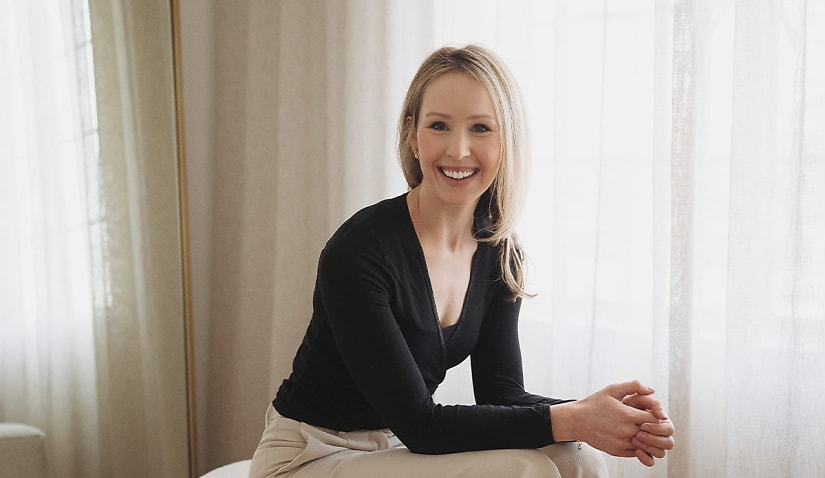Toyota’s hybrid technology didn’t diminish the brand’s reputation; it enhanced it by making reliability more efficient and ownership more attainable. The same opportunity stands before family law in Australia, writes Siobhan Mullins.

For decades, Toyota has been synonymous with reliability, quality, and accessible design. Add the company’s hybrid technology – seamless switching between electric and petrol – and you get optimal performance, lower running costs, and a smoother driving experience. That’s precisely the model the family law profession in Australia should adopt for those separating couples capable of agreeing: a hybrid approach that blends user-friendly technology with targeted legal expertise.
It’s time we re-engineered the client journey so it’s durable, affordable, and optimised for the realities of modern separation.
The traditional model is showing its age
Family law has long been delivered in a lawyer-led, end-to-end format. While this can be necessary in complex or high-conflict matters, it often results in prohibitively high costs for couples who are otherwise capable of agreeing outcomes with the right support. The few DIY templates and websites that do exist are low quality, lack education, and leave families exposed to risk – much like buying a low-grade part for a high-performing vehicle.
The gap between expensive full-service representation and flimsy DIY is where the profession has an obligation to innovate.
Looking to other practice areas, there are many lawyer-backed providers offering software as a service to provide customisable templates, and yet the family law space has been slow on this uptake.
The demographic and technology shift
Millennials now make up the largest cohort separating in Australia. This is a generation that grew up with the internet, expects on-demand tools, and is comfortable leveraging technology for significant life events.
At the same time, legal tech has evolved: AI-driven guidance, document automation, smart triage, and secure collaboration tools are no longer hypotheticals – they’re available, accessible to the masses, and improving.
Separating Australians are signalling a clear preference – “give us the tools to do more ourselves and let us pay for expert advice where it matters most and when we want it”.
Is there an obligation on the family law profession to change?
I say yes. If we can deliver safe, high-quality outcomes at lower cost and with greater convenience, we should. Our professional duty isn’t only to advocate – it’s to facilitate appropriate, durable agreements that protect families and reduce conflict.
A hybrid service model aligns with that duty, provided it is built on credible platforms, robust safeguards, and clear pathways to bespoke legal advice when needed.
How a hybrid model works – by design, not accident
A powerful hybrid family law pathway works like so:
The payoffs – mirroring Toyota’s hybrid advantages
The road ahead
A hybrid approach to family law support isn’t about replacing lawyers; it’s about deploying legal expertise where it delivers the greatest value and widening access to justice for everyday families. In a market where cost is the number one barrier, the hybrid approach isn’t just commercially sensible – it’s ethically responsible. It embraces the strengths of our profession while acknowledging that today’s clients want control, transparency, and tools that respect their capacity to collaborate.
Toyota’s hybrid technology didn’t diminish the brand’s reputation; it enhanced it by making reliability more efficient and ownership more attainable. The same opportunity stands before family law in Australia. If the profession embraces a hybrid model – credible technology plus targeted legal expertise – outcomes that are more affordable, more durable, and ultimately more human get delivered. That’s a future worth driving towards.
Siobhan Mullins is the founder of Paper Advocate.